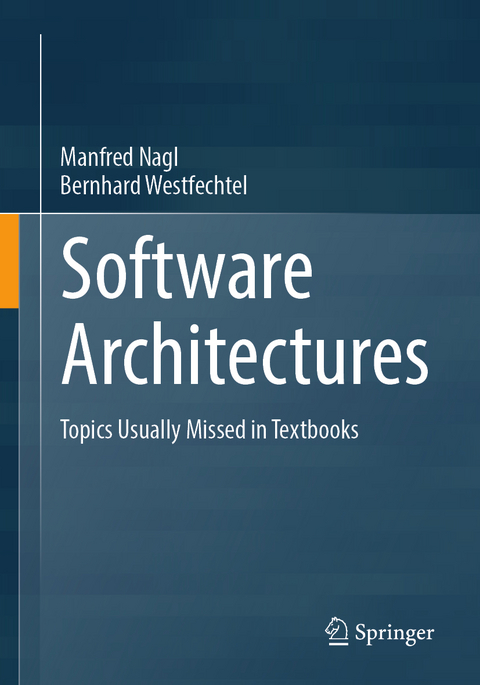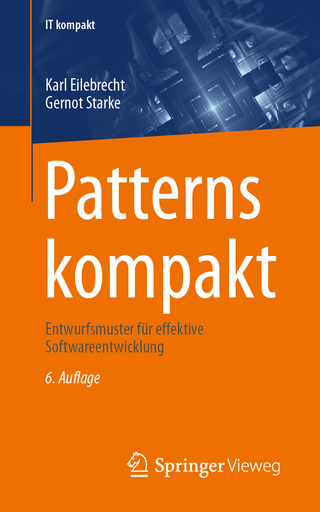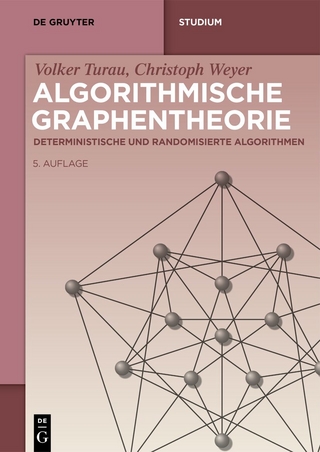
Software Architectures
Springer International Publishing (Verlag)
978-3-031-51334-3 (ISBN)
This textbook concentrates on processes, activities and results related to software architectures. It describes the separation of architecture artefacts corresponding to their nature, their logical or their modeling level on one hand and at the same time emphasizes their integration based on their mutual relations. Design or development processes demand for integration, as different artifacts must be elaborated, which are mutually dependent and need to be in a consistent form.
The book is structured in four parts. The introductory Part I deals with the relevance of architectures, the central role of the design subprocess both in development or maintenance, and the importance of the decisions and artefacts in the overall result. Another topic is the spectrum of views an architecture language has to offer, and that there are different architectures to be regarded, from abstract and static to detailed, technical, and specific. Part II then discusses "important topics" onthe architecture level. It deals with adaptability especially for embedded systems, with integrating styles/ pattern notations, with different reuse forms and how to find them, with the role of architectures for integrating different existing systems, and with reverse and reengineering of legacy systems. Next, Part III covers architecture modeling and its relation to surrounding activities, as well as architectures to surrounding other results. The single chapters are on transformation between requirements and architectures, architectures and programming, architectures and project management and organization, as well as architectures and their relations to quality assurance or documentation. Eventually, Part IV summarizes the main messages and presents open problems, both for every single chapter and across chapters.
Every chapter focuses on a specific problem it addresses, a question it answers, the attention it demands, a message it conveys, and further open questions it raises. The chapters are mostly independent, which implies a certain redundancy, yet it allows lecturers (and their students) to either use the book as the basis of teaching software architecture or design, or to just pick those aspects that need special attention in a more advanced course.
Manfred Nagl is Professor Emeritus at RWTH Aachen, where he held the Chair of Software Engineering. He has published more than 25 books and numerous journal and conference papers, and has supervised more than 45 PhD projects. He was the leader of important projects (IPSEN, SUKITS, IMPROVE) and held various positions on a science policy level.
Bernhard Westfechtel is a Full Professor for software engineering at the University of Bayreuth. His current research interests include graph transformations, model-driven engineering, software product line engineering, and software configuration management.
Part 1 Importance of Software Architectures.- 1 The Architecture is the Center of the Software Development Process.- 2 An Integrative Language Approach for Software Architectures.- 3 Sequences of Software Architectures from Abstract to Details.- Part 2 Important Topics on Architecture Level.- 4 Embedded Systems: Simple Rules to Improve Adaptability.- 5 Architectural Styles: Do they Need Different Notations?.- 6 Process Interaction Diagrams are more than Chains or Transport Networks.- 7 Characterization of Shallow and Deep Reuse.- 8 The Software Architecture is the Glue to Deal with Variety and Integration.- 9 Reverse and Reengineering for Old Systems is seldom Complete.- Part 3 Relations to Surrounding Activities.- 10 Process and Model Transformations on Different Levels.- 11 The Transformation from Requirements to Architectures is not Automatic.- 12 Software Architectures and Programming in the Small.- 13 Project Management and Architectures.- 14 Quality Assurance and DocumentationRelated to Architectures.- Part 4 Summaries, Conclusions, Open Problems, Index.- 15 Summary, Lesssons Learned, Messages, Open Problems.
"This book is not only relevant for software architects, but for all software engineers. It can also give new ideas for simplification and collaboration to engineers from other disciplines. It might even become the basis for a collaboration between disciplines when creating mechatronical systems and wherever software engineers, electrical engineers and mechanical engineers work together." (Andrea Herrmann, Softwaretechnik-Trends, Vol. 44 (2), May, 2024)
| Erscheinungsdatum | 27.04.2024 |
|---|---|
| Zusatzinfo | XII, 332 p. 102 illus., 29 illus. in color. |
| Verlagsort | Cham |
| Sprache | englisch |
| Maße | 168 x 240 mm |
| Themenwelt | Mathematik / Informatik ► Informatik ► Software Entwicklung |
| Schlagworte | software architecture • Software Description Languages • Software Design • software development • Software engineering • Spoftware Processes |
| ISBN-10 | 3-031-51334-7 / 3031513347 |
| ISBN-13 | 978-3-031-51334-3 / 9783031513343 |
| Zustand | Neuware |
| Informationen gemäß Produktsicherheitsverordnung (GPSR) | |
| Haben Sie eine Frage zum Produkt? |
aus dem Bereich


